




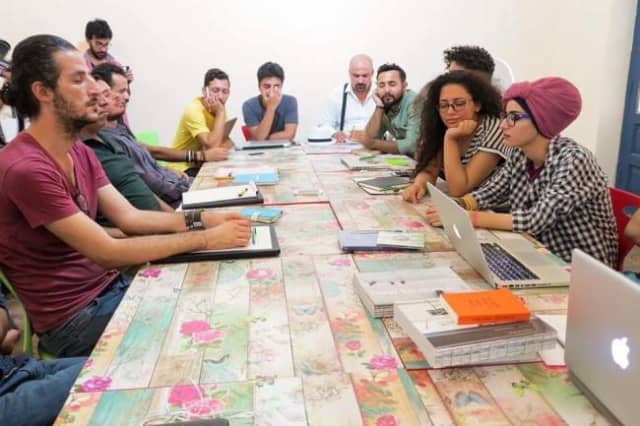



Closing this weekend: Your sound galaxy, The unspeakable openness of things, Red Brick Art Museum, Beijing, 2018. Film by SHIMURAbros. Music by Mouse on the Keys
SOE KITCHEN 101, Marshall House, Reykjavik, 2018. Video by Timothee Lambrecq
Film by Elias Hjörleifsson - Victoria Eliasdottir and Olafur Eliasson's father. Elias worked as a chef on a fishing boat and was also an artist.
On the road in Iceland with SOE KITCHEN 101 and Victoria Eliasdottir visiting local suppliers. The culinary project opens on Saturday.



By climate scientist Ed Hawkins via The Climate Museum
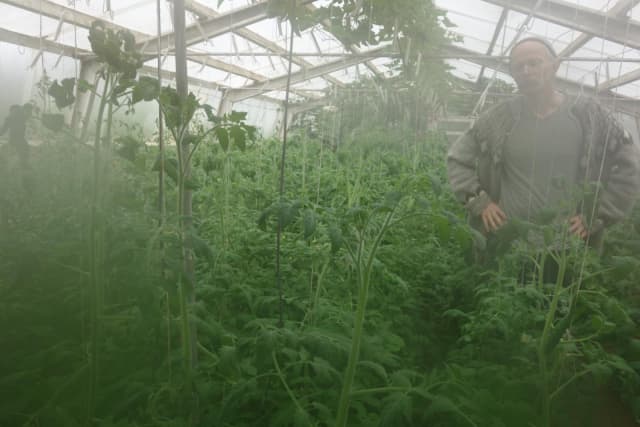
Visit at our local farmers in Reykjavik who will supply SOE KITCHEN 101. Tómas Ponzi and Björk Bjarnadóttir, Brennholt, Iceland
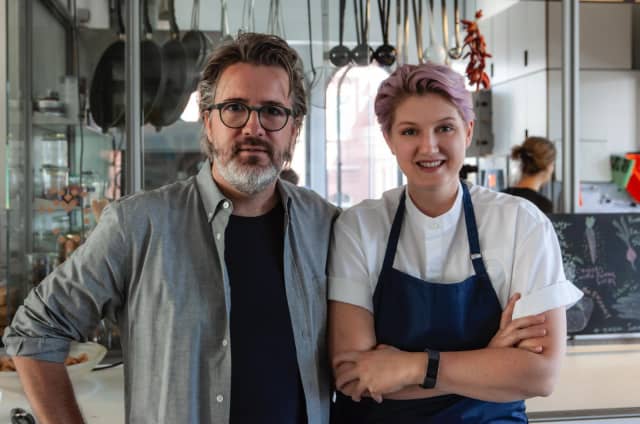
From August 11 until October 28 chef Victoria Eliasdóttir and her brother Olafur Eliasson open SOE KITCHEN 101 as a temporary culinary space in Reykjavik - book your seat at the table now
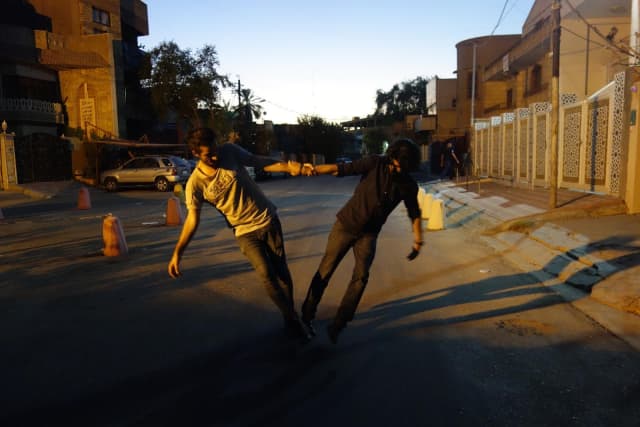
Kick-Off Workshop in Bait Tarkib, 7 - 8 July 2018, Baghdad with Christina Werner/Institut für Raumexperimente (Click on image for more) The workshop will be followed up by long-distances lectures and workshops over the autumn. You can read more on the institut’s website: www.raumexperimente.net Hosted by TARKIB Baghdad Contemporary Arts Institute. Special thanks to Hella Mewis. This event is part of a workshop series “Arts Seminar in Baghdad”, conceived and organised by the Goethe-Institut Irak, in collaboration with the Institut für Raumexperimente (Institut for Spatial Experiments), Berlin and hosted by TARKIB Baghdad Contemporary Arts Institute in BAIT TARKIB.
Improvised acoustic experiment, Abu Nawas Theate. Kick-Off Workshop in Bait Tarkib, 2018, Baghdad
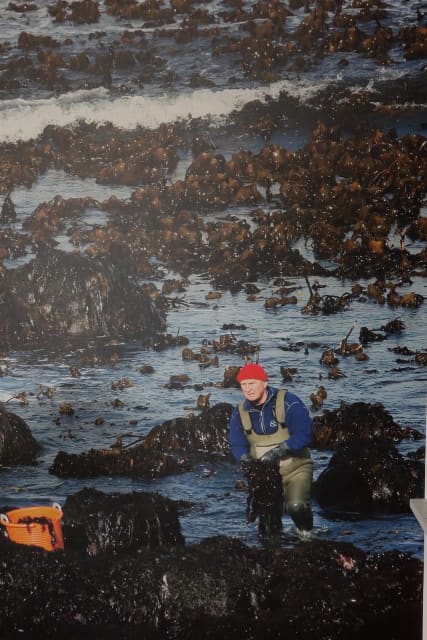
Responding to the local context SOE KITCHEN 101 are working closely with a number of local producers in Iceland. Biologist Eyjofur Fridgeirsson is the founder of Islensk Hollusta, who will be providing the kitchen with seaweed

https://www.youtube.com/watch?v=LH_Ui343i_s
360° video of Fjordenhus by Dezeen - where you can also read Olafur's interview with Tom Ravenscroft. " The public sector's use of the culture sector has become more or less a promotional one. It has failed to acknowledge that the cultural sector is the one that drives civic trust and social self-confidence. It is the culture that we have that gives us our shared identity."
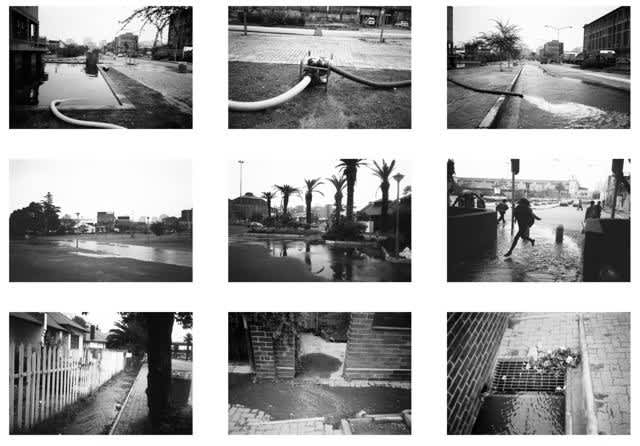
Erosion, 1997, Cape Town. Now on view at Stevenson Gallery, Cape Town.
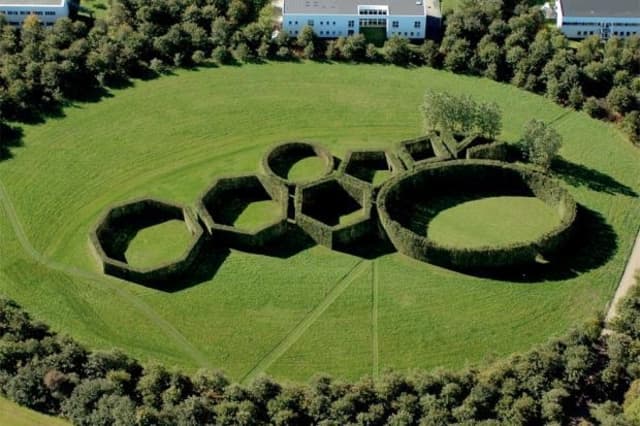
Carl Theodor Sørensen (1893-1979), was a Danish landscape architect, and the first professor of the department of Garden Art at The art Academy in Copenhagen. He was very sceptical about the idea of the Romantic Garden - according to him it inserts “mythical content” in between the concrete shapes and the experience of the garden user, who might end being so preoccupied by trying to decode the many meanings and atmospheres that one “looses oneself” in the process. For this reason he only used a limited variety of plants so as to not “distract” the garden user with pompous flower arrangements. “This is not nature, he said about his gardens, but a creative, culture-driven act”. The Musical Garden, Herning, Denmark, started 1945 completed 1956. B/w photos by Christina Capetillo. Naerum Allotment Gardens, 1952. Private garden of his daughter Sonja Poll, Copenhagen. Sketch for amphitheater, 1938 (click on image for more)
The unspeakable openness of things, Red Brick Museum, Beijing, 2018. A film by SHIMURAbros, music by afewnotes
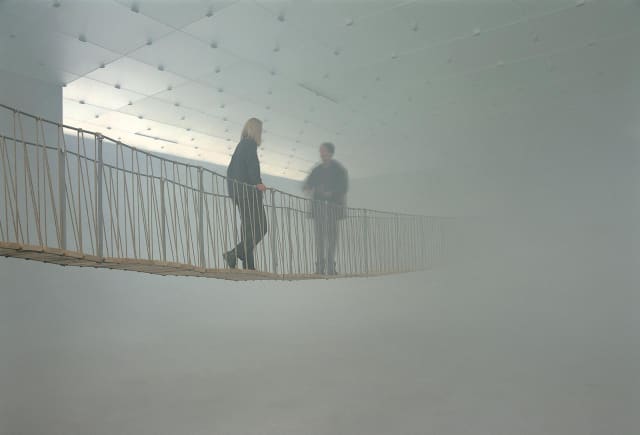
#fakenature In 2001 The mediated motion occupied all four levels of the Kunsthaus Bregenz, Austria, choreographing the visitors’ meandering progression through the art museum. Created in collaboration with the landscape architect Günther Vogt, the exhibition led the viewer in a spiral from one floor to the next, from one discrete environment to another. "The work was primarily a staging of movement and of people. On the first and third floors, I took the function out of the bridges, making them terminate at walls, so that people were forced to turn around. This stressed the mediated, staged feeling of the interior landscapes. On the suspension bridge at the top floor, you were forced to negotiate the presence of others, were entangled in a mid-air."
On the ground floor, visitors first encountered an array of logs leaning against a wall with shiitake mushrooms (Lentinula edodes) growing on them. Climbing the stairs to level one, they entered a room taken up entirely by a shallow artificial pond, whose dark, reflective surface was mottled by a thin layer of floating duckweed (Lemna minor). A walkway supported by pontoons guided visitors into the room and to the stairway leading to the next floor. Level two was empty save for a gently sloping ramp of packed soil that covered the entire space. Visitors were free to wander about the room, following whatever route they chose, before resuming their upward journey. The top floor was filled with fog and featured a suspension bridge, which stretched from one side of the room, where it could be accessed via a wooden staircase, to the other, where it terminated abruptly at a blank wall and forced visitors to retrace their original route. From the first floor onwards, a staircase of roughly hewn wood was installed about a metre and a half above the existing exposed-concrete steps, allowing a smooth, unbroken transition from one landscape situation to the next.
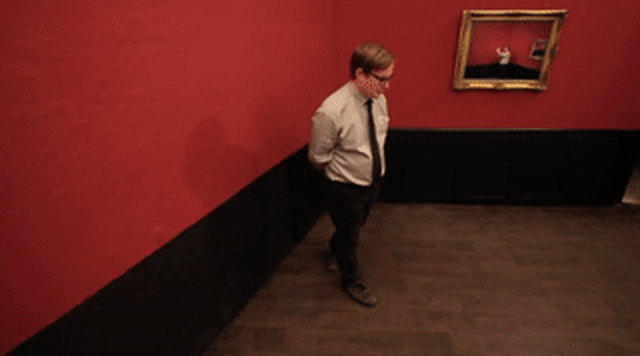
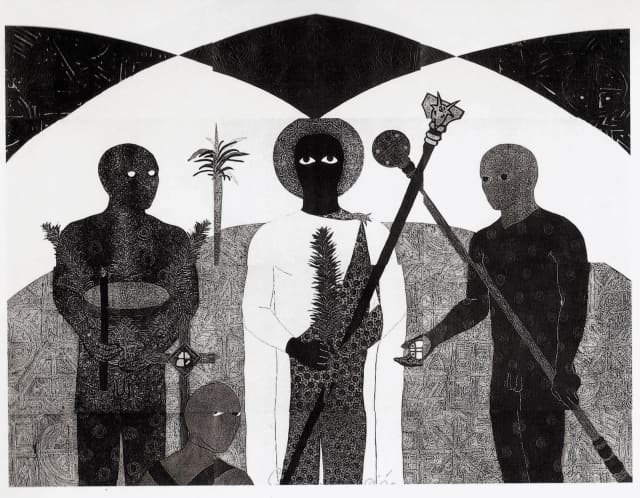
La Consagración by Belkis Ayon - part of We Don’t Need Another Hero, Berlin Biennale.
Curated by: Gabi Ngcobo, Nomaduma Rosa Masilela, Serubiri Moses, Thiago de Paula Souza, and Yvette Mutumba

Still river (Dnieper River, Kiev), 2018 - part of group exhibition Democracy Anew? at Pinchuk Art Centre, Kiev. Opens tomorrow.
via Instagram
When Faith Moves Mountains, Francis Alÿs, Lima, Peru 2002.
www.francisalys.com